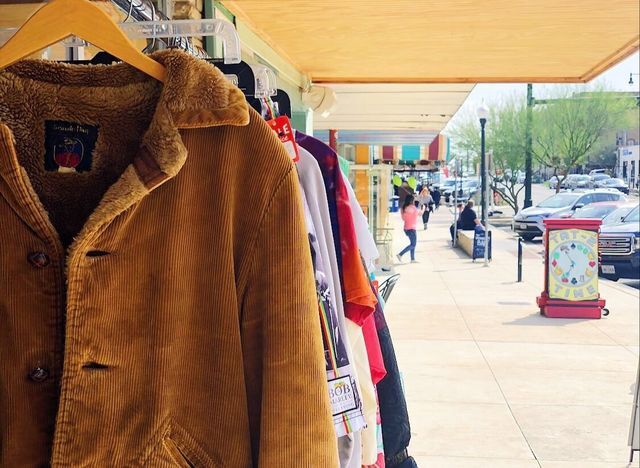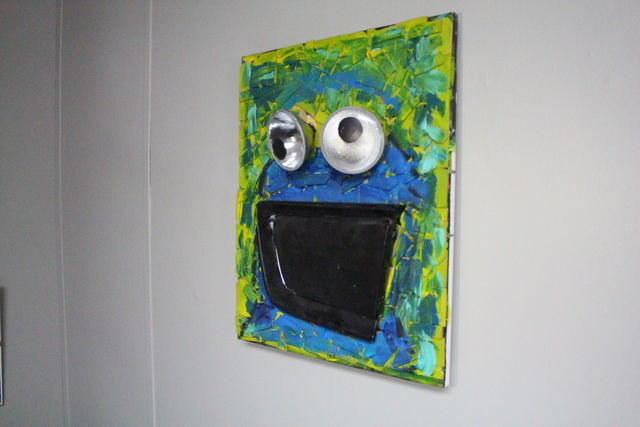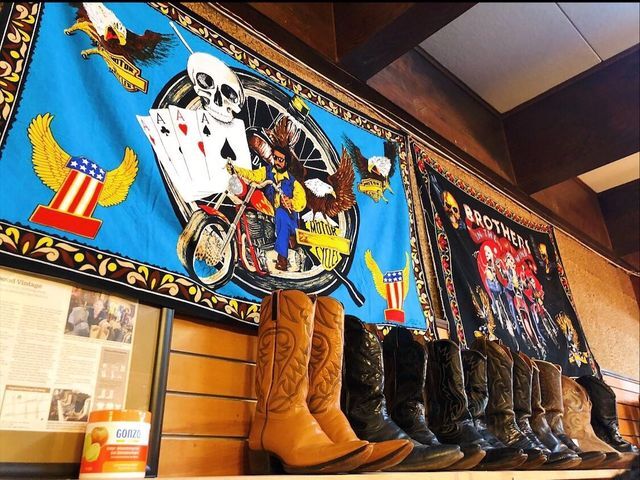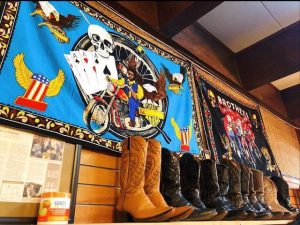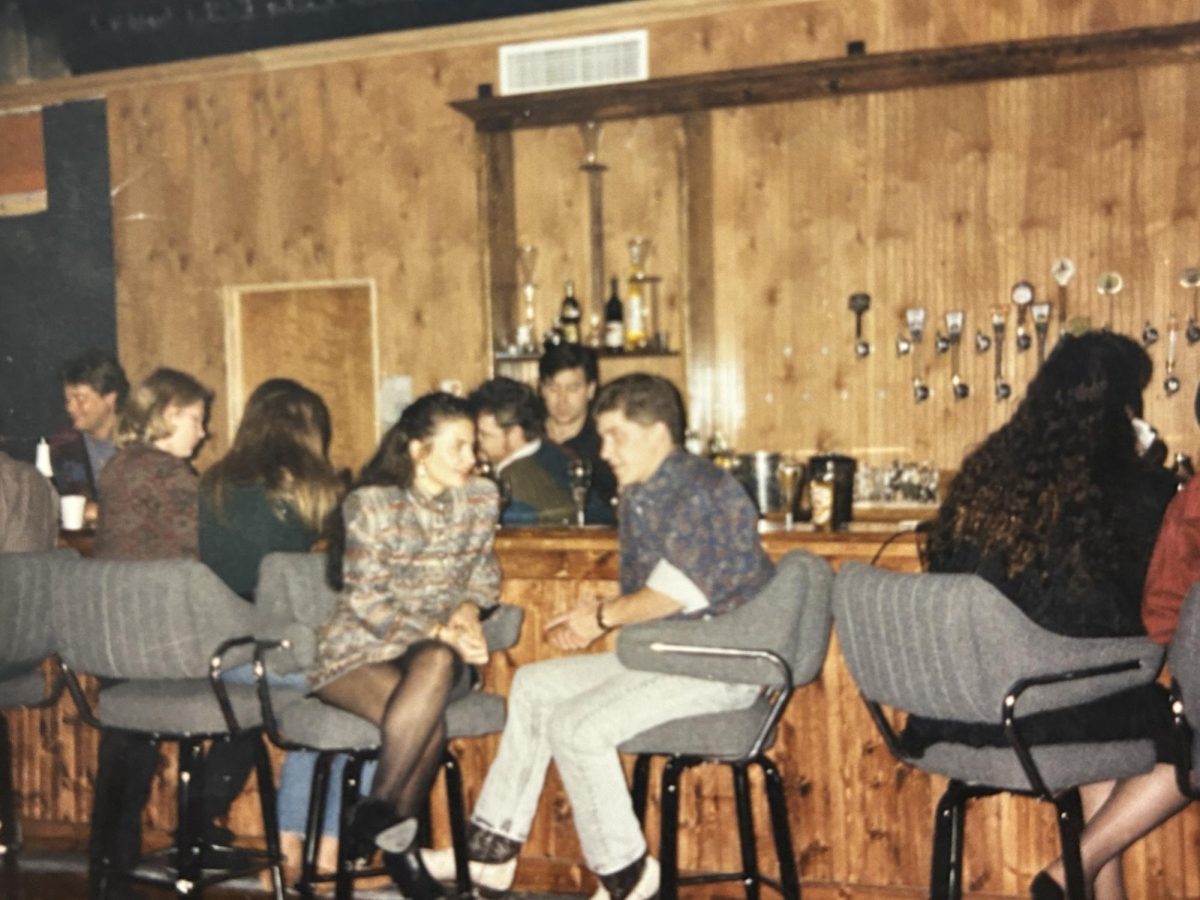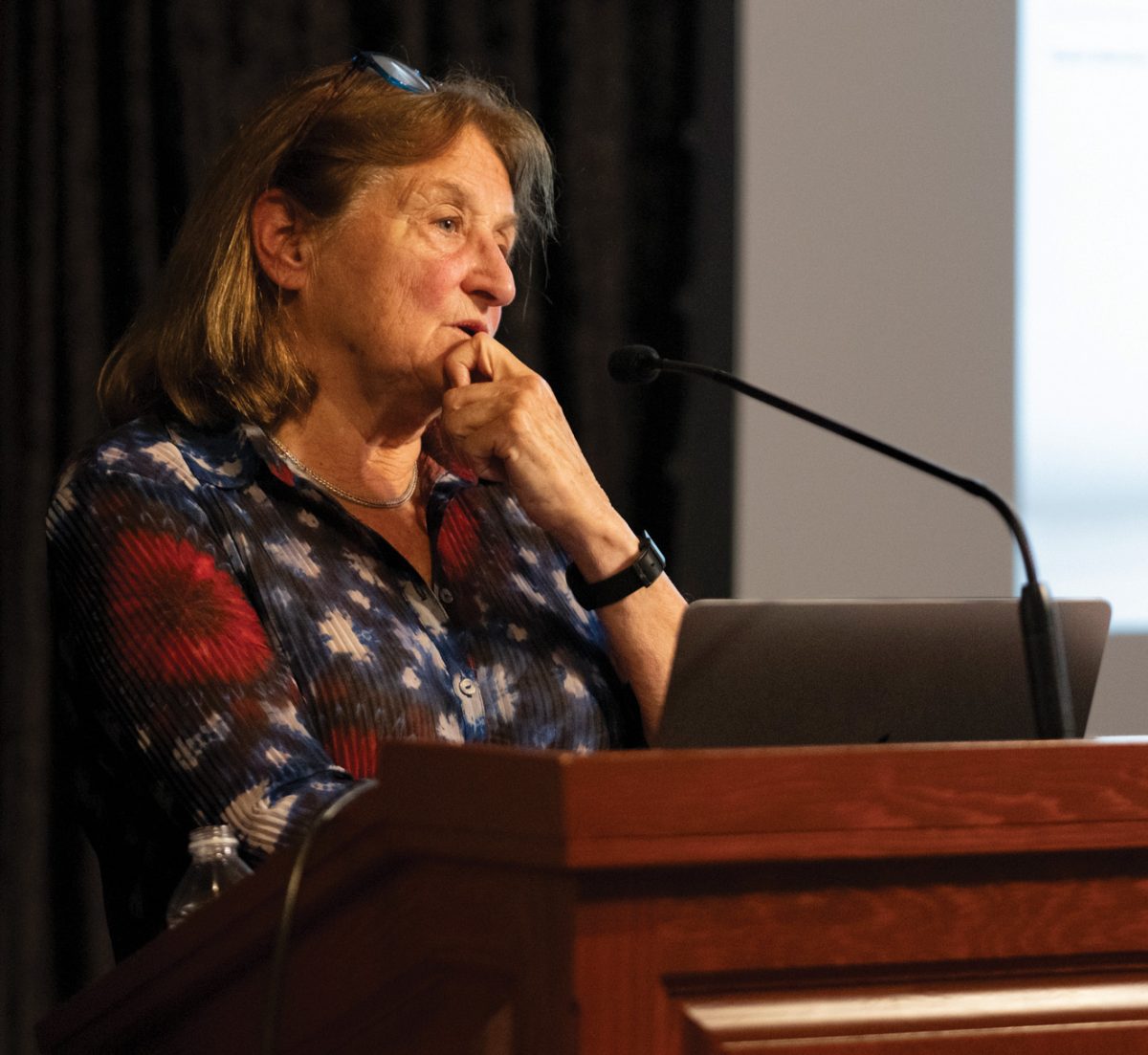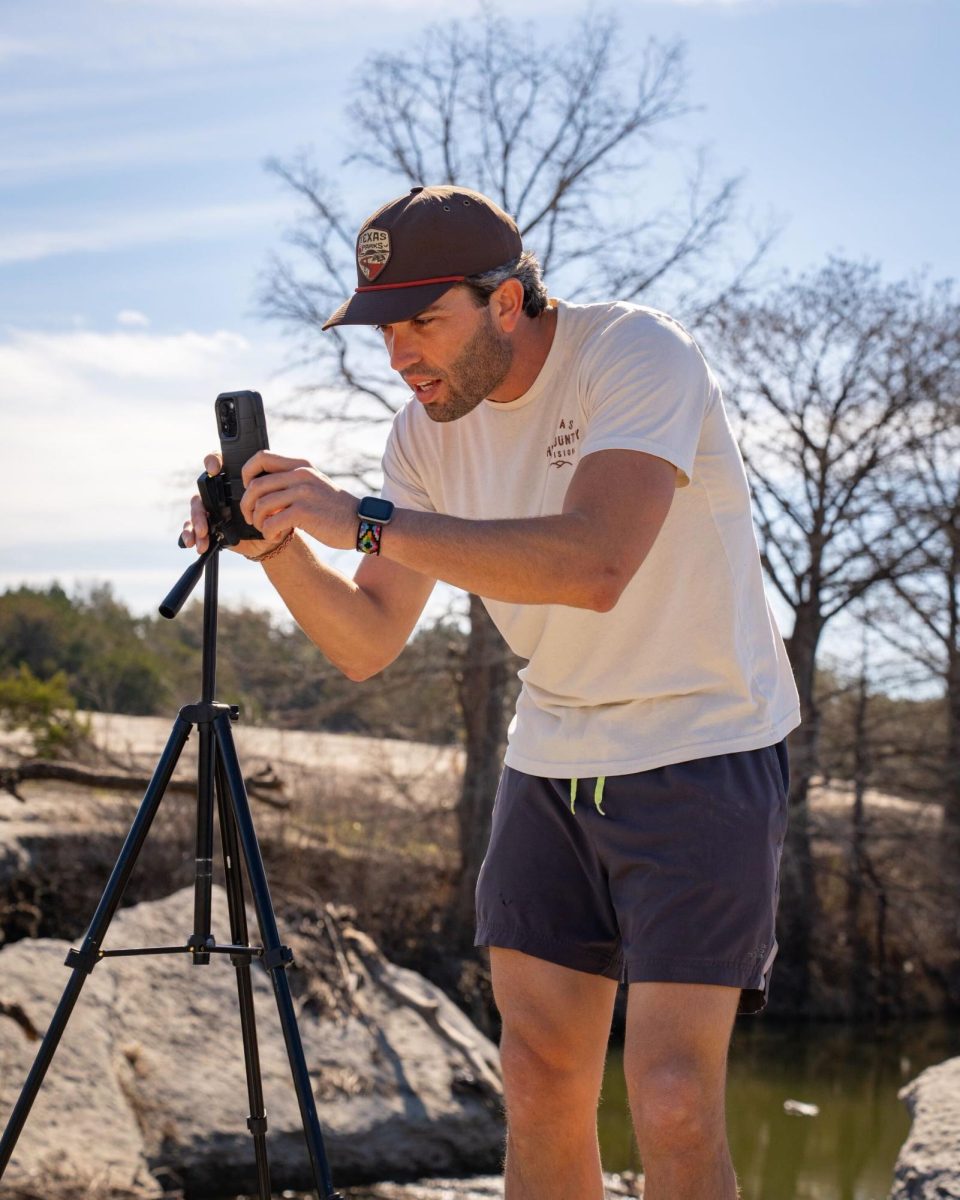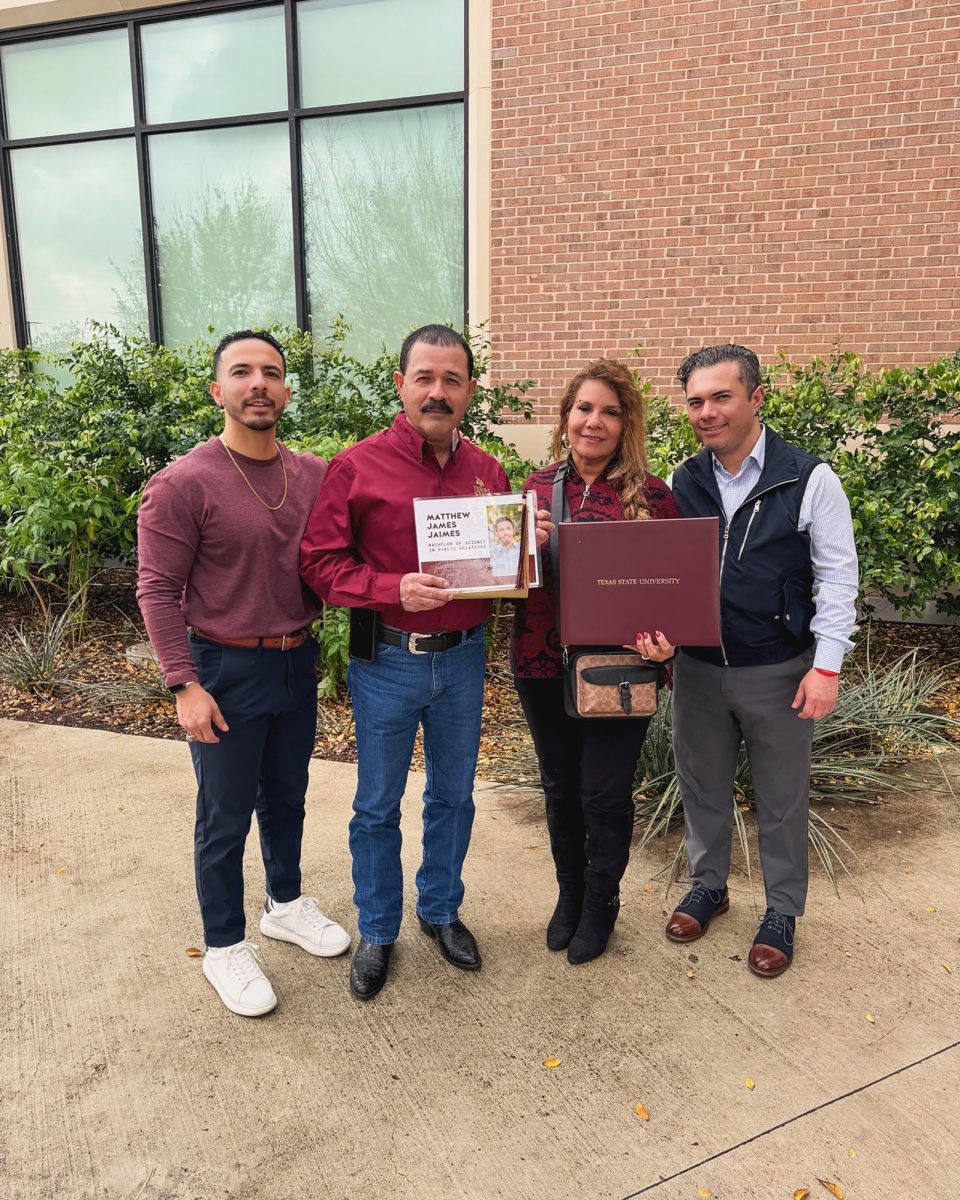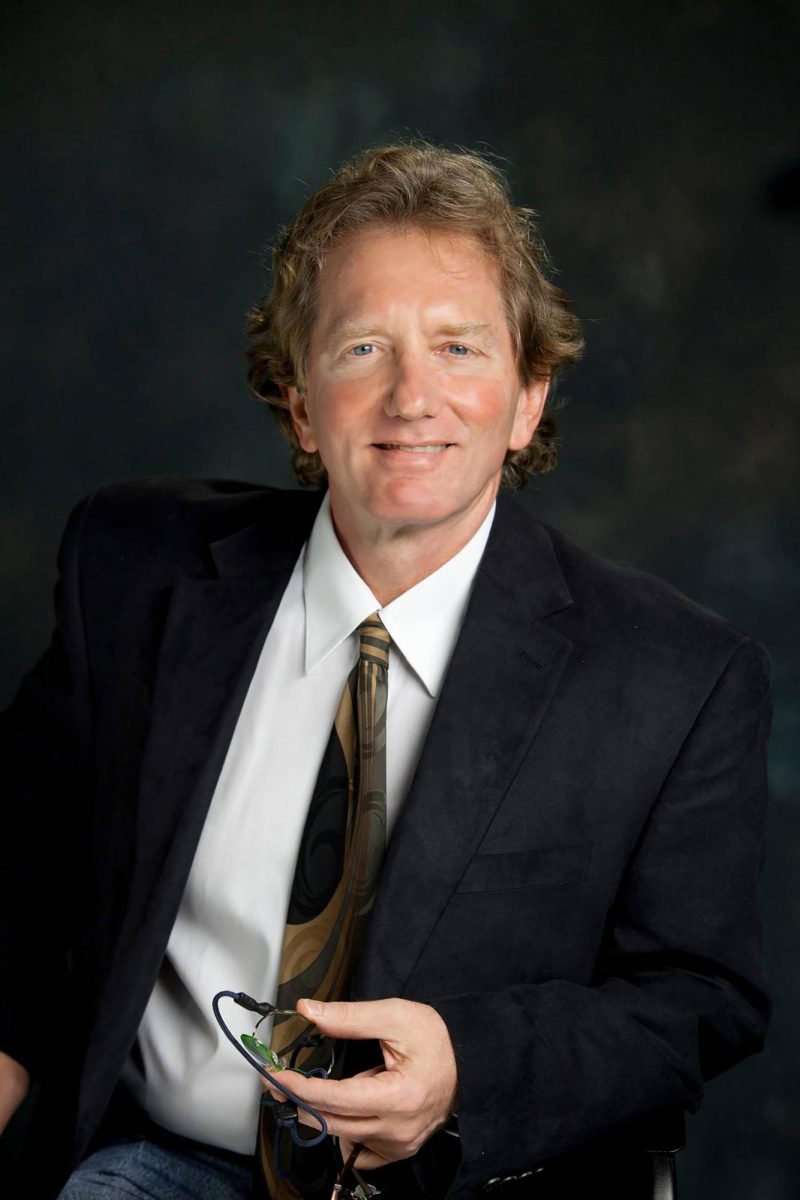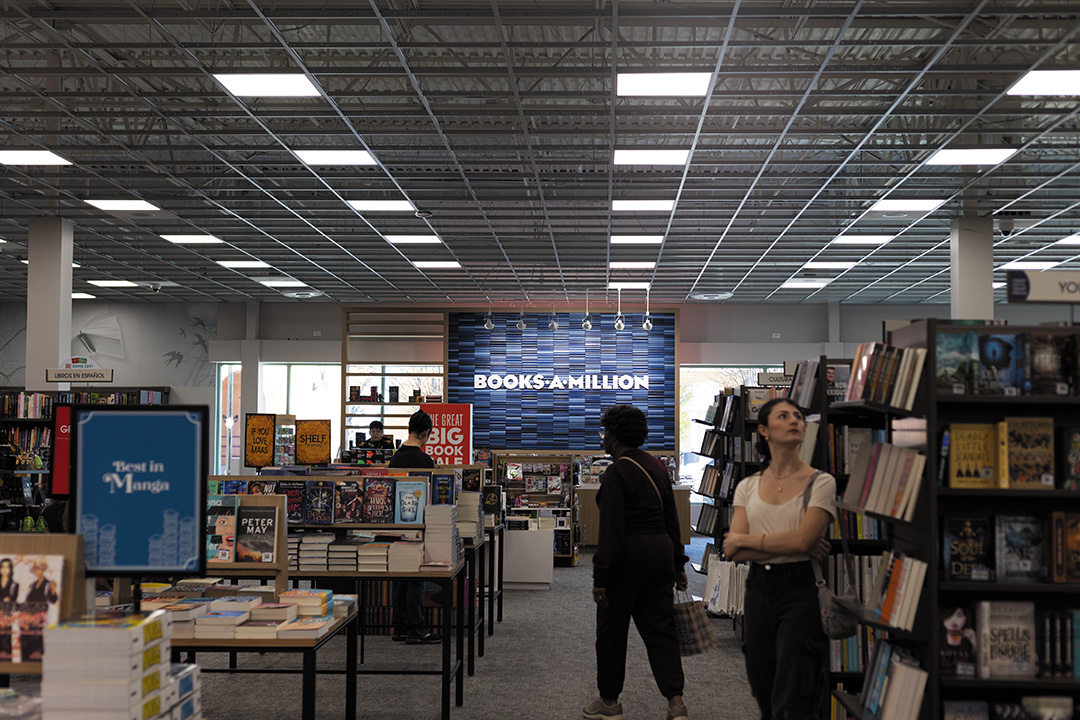As the gray, dreary days of winter slowly morph into a sunshine-filled spring, old sweaters can be transformed into upcycled pieces, saving money and the environment.
Upcycling is a creative way to convert items into completely new products and prevent the excessive use of material.
According to the U.S. Environmental Protection Agency, in 2017, 11 million tons of fabric were dumped into landfills. Materials in landfills do not decompose, instead, they sit in harsh weather conditions and accumulate diseases and toxins that leak into water systems and surrounding land areas.
Amy Kirwin, community enhancement initiatives manager of the Resource Recovery Department for San Marcos, manages the amount of waste going into the environment and practices environmentally cautious habits in her own life.
For her upcoming wedding, she said she wants to steer away from buying a one-time wear wedding dress made of synthetic material. Instead, she plans to upcycle curtains for her wedding dress.
“Upcycling limits the need to grow more cotton by keeping it cycled, you are changing the purpose, so you don’t have so much virgin material,” Kirwin said. “People have really not paid attention to their purchasing power because when you are buying recycled content, you are saying this is the demand, and we want this to happen.”
In the fashion world, fast fashion is the action of seasonal trends popping up in major chains, that dispose of the mass quantity of material after it is out of style.
Conner deGraffenried, fashion merchandising senior, first became interested in upcycling when she learned about the negative aspects fast fashion has on the environment.
“I figured I might as well start changing how I dress and the way I get my clothes to have a better impact for all,” deGraffenried said. “Seeing the fashion industry from the business side and seeing it also from the environmental side, (there is) a lot of negative impact buying from fast fashion companies instead of buying second hand.”
deGraffenried said she mainly shops at thrift stores, not only because it saves fabric from ending up in a landfill, but it is cost-effective and sometimes clothes are made of a higher quality.
Local thrift shops and owners are at the forefront of the rise of upcycling; people who upcycle pieces tend to use thrift stores to save money and reuse vintage items that would have seen the end of its life cycle.
David Marrs, owner of Vagabond Vintage, located at 320 N LBJ Drive, has witnessed the very beginning of upcycling. Marrs said, he fell into the business of reselling antique clothing by collecting articles of clothing as a teenager.
With the rows of leather fringe jackets dated back to the 80s and crop tops that are sprinkled throughout the shop, Marrs said some items in the store are products of upcycling he had to do in order to save the product value. For example, for pieces that are damaged or worn-out, Marrs said he bleaches the materials or cuts them into more fashion-forward pieces.
He said some of the benefits of upcycling are the environmental impact it has and the monetary beneficiary of selling items and purchasing them at a low price. He said he appreciates the condition of the aged clothing, knowing it will remain the same when it has left the store.
“Buying something from a thrift shop is a guarantee that it will be in the same condition as how you bought it,” Marrs said.
For more information on environmental resources in the San Marcos area visit, https://www.sanmarcostx.gov/483/Environmental-Health.
Categories:
Upcycling saves environment one fashion piece at a time
February 27, 2020
By Photo by Brianna Benitez
A rack of vintage garments hang outside of Vagabond Vintage Saturday, February 22, 2020. Owner David Marrs said worn clothes provide opportunity to rebrand, upcycle and modernize clothing while also helping the environment.
0
Donate to The University Star
Your donation will support the student journalists of Texas State University. Your contribution will allow us to purchase equipment and cover our annual website hosting costs.
More to Discover


